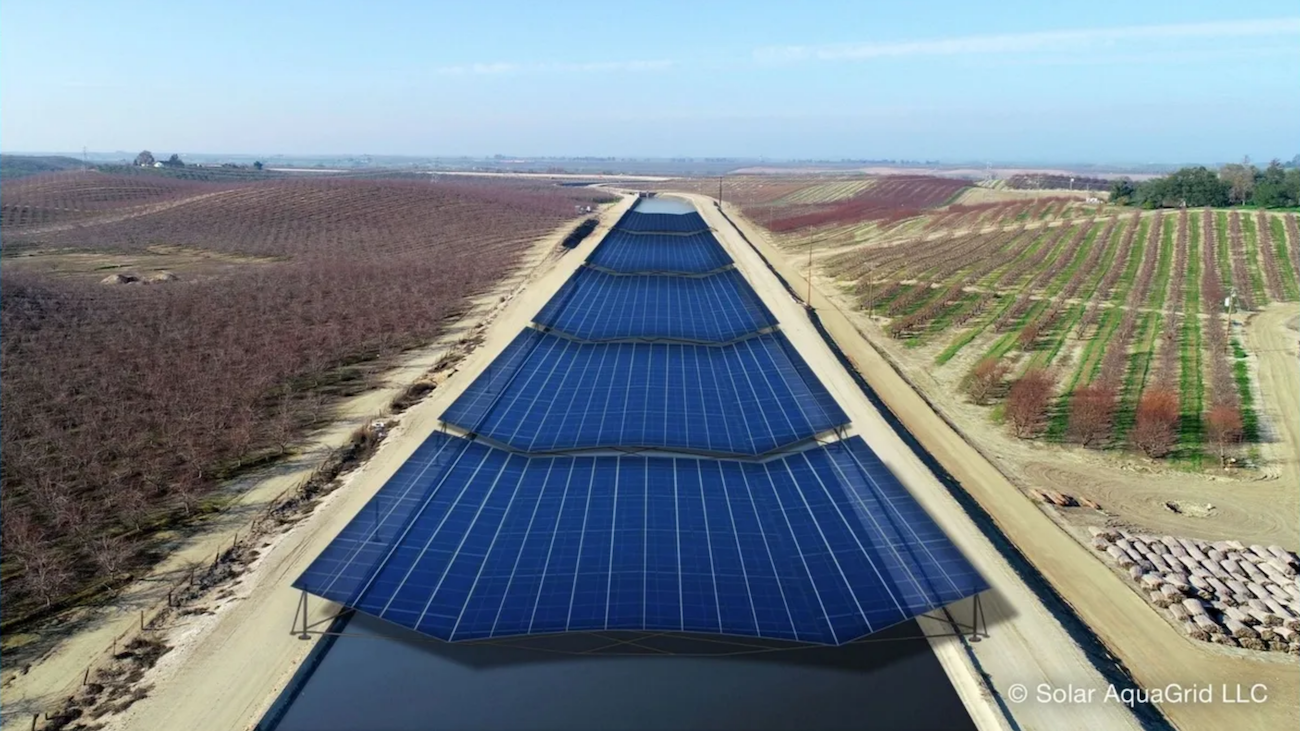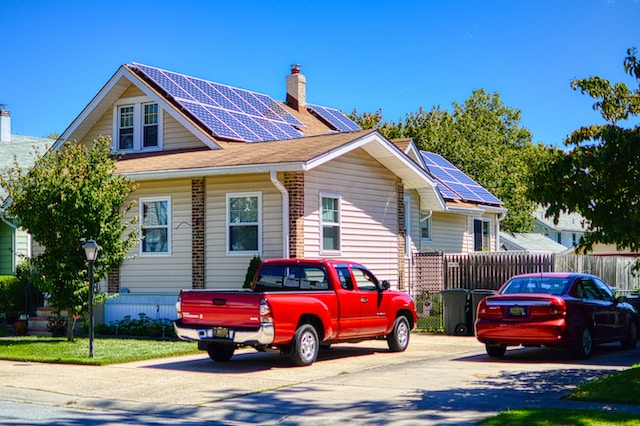When most people think of wind power, they think of fixed pitch wind turbines. In the ever-innovating world of wind power, variable speed variable pitch (VSVP) wind turbines have a number of advantages, including a higher starting torque, a wider and relatively flatter torque curve, an improved coefficient of performance, better performance in turbulent winds, and lower blade speed ratios, leading to less blade bending stress that could damage the turbine.
VSVP wind turbines require control systems that enable the turbines to be positioned most efficiently and produce the maximum power output depending on the prevailing environmental conditions. According to the paper “Adaptive Control of a Variable Speed Variable Pitch Wind Turbine” on IEEExplore, Radial-Basis-Function (RBF) Neural Networks (NN) are used to run different operational modes that control torque, pitch, and transitions between modes.
According to the report, “the adaptive neural network control approximates the non-linear dynamics of the wind turbine based on input/output measurements and ensures smooth tracking of optimal tip-speed-ratio at different wind speeds.”
With VSVP, wind turbine propeller blades can be rotated along their long axis which changes their pitch.
The following videos are animations and real world video of the VSVP system:
The Windspot Sonkyo Energy Turbine:






